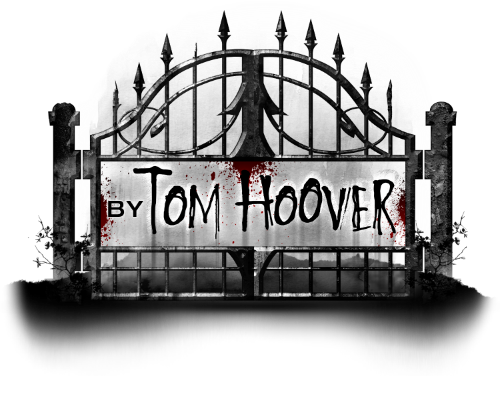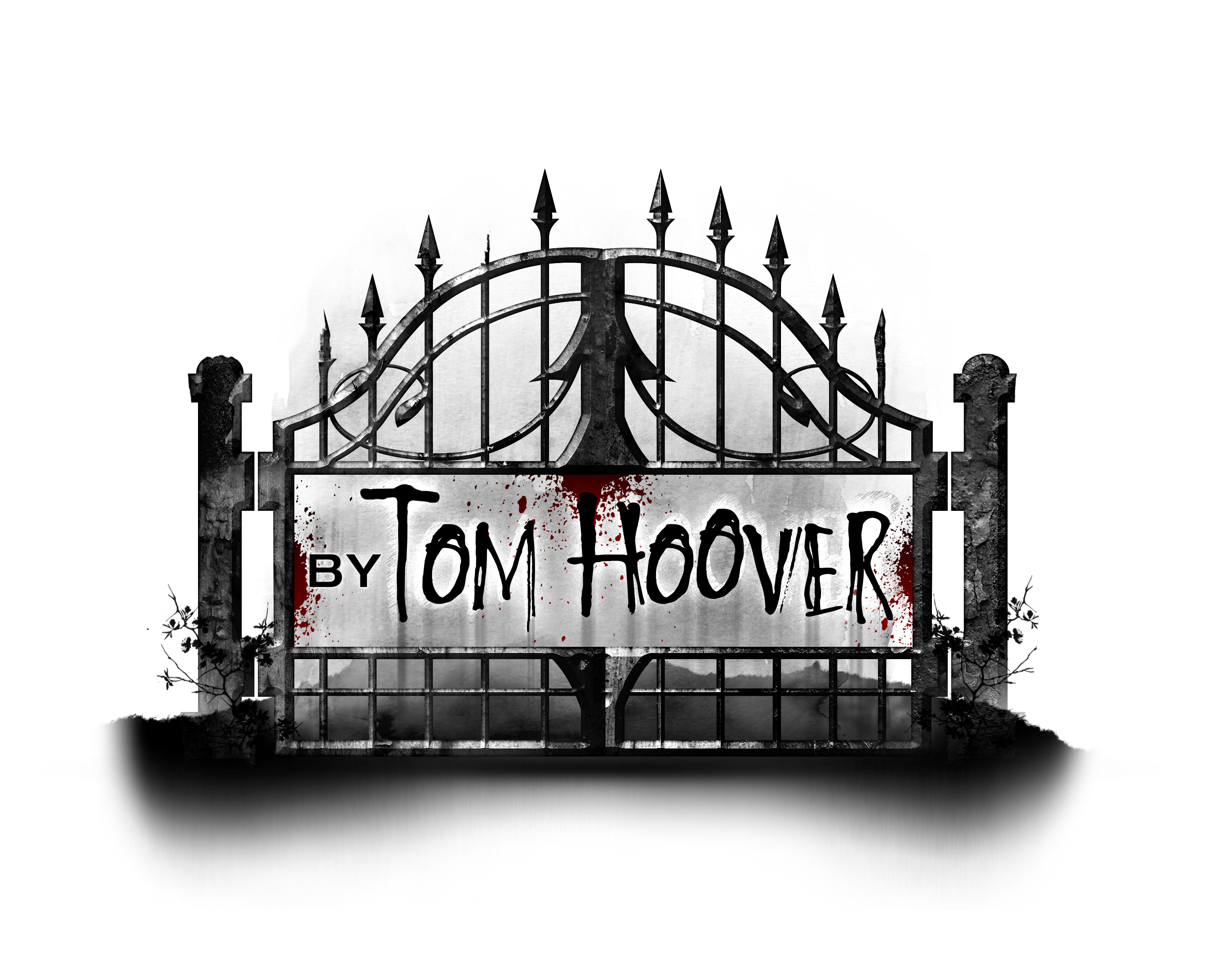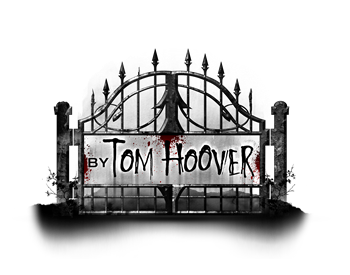First vs. Third
Sometime in the next month or so, give or take depending on what hoops my day job makes me jump through, I’ll be finishing up my current WIP (for those just tuning in, that means work in progress). I’ll write “The End” on the last page and put it in a drawer for several weeks to marinate and to put some distance between it and my tiny brain.
So that after some time has passed, I can move into the revision phase and then share it with peer readers, who’ll show me things I didn’t see. Probably because I was too close to them.
It’s all an important part of the process.
While this book marinates and gets beat up by myself and others, I’ll start the next one. Writing is a lot like being Sisyphus. Except instead of a huge rock, you struggle an idea up the hill. Giving it form and shape and dimension as you turn that idea into a book or story—or song, or painting … you know the drill by now.
It’s a true act of creation, turning thoughts into art.
Anyway, once you get it to the top, it tags in another idea and the two of you tumble to the bottom of the hill. Where you dust yourself off and begin the struggle anew.
As in a new book. I know, sorry. I need to be punished for that one. Sent to the pun-itentiary.
Remember back in the good old days when I just used to digress? Luckily, I’m just about to.
 For those of you who haven’t read my writing, which is most of you at the moment, you should know that I tend to write my YA stories in the first-person perspective. In other words, the stories are told through a single character’s eyes, in his or her point of view. When it’s done well, it’s effective—because they are talking directly to you, like they’re relaying what happened to them as though they’re telling you the story at a party.
For those of you who haven’t read my writing, which is most of you at the moment, you should know that I tend to write my YA stories in the first-person perspective. In other words, the stories are told through a single character’s eyes, in his or her point of view. When it’s done well, it’s effective—because they are talking directly to you, like they’re relaying what happened to them as though they’re telling you the story at a party.
It’s a great way to tell a story, and lots of YA books use it and use it well. The only problem with it as a style (or as many writers call it, “a voice”) is that you never really get inside anyone’s head except for the MC-slash-narrator. You have to infer what those other characters are thinking or feeling based on what the MC (main character or protagonist) tells you about them and what they do.
Some writers get around that by having multiple narrators tell the story from their points of view. It’s still the first-person voice, but now you’re listening to two or more first people.
Another option, the option I’m exploring for my next project, is the third-person perspective. In this voice, a third party tells you the story. So instead of “I went to the store today,” you get, “Author Tom Hoover went to the store today”—please excuse the blatant SEO reference to Tom Hoover. He hates it as much as you hate reading it.
The third person perspective also needs to make a connection with you, the reader. Otherwise, why read the story? It’s a different connection, though. There’s still an MC, who you’ll follow through the story. But in the third person, the narrator actually isn’t in the story. He or she is telling it from somewhere outside the action. The third person narrator is also pretty omniscient, so he or she can tell you what all the characters are thinking and feeling, or even let you know things that the characters in the story might not know.
It’s also a great way to tell a story, and lots of books use it.
And soon I will, too.
I know, that was an abrupt ending. But maybe if I’d written this in the third person, it wouldn’t have been.
Or would it?









